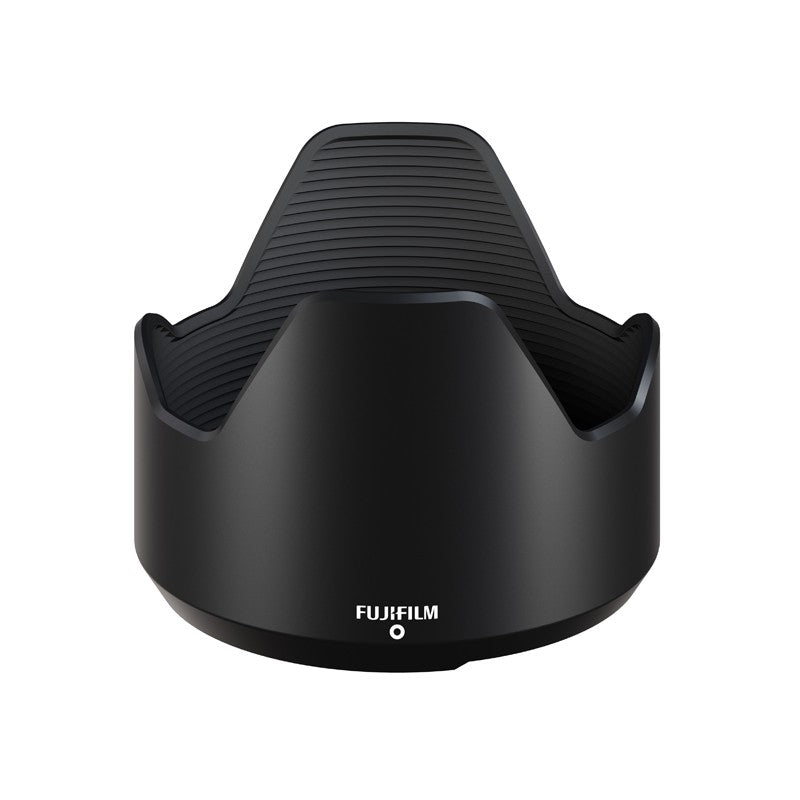Product Description
Fujifilm XF 23MM F1.4 R LM WR Lens
The XF 23mm F1.4 is a new-generation prime lens, designed with a view to support future camera sensors of even greater resolution and setting the new benchmark for XF lenses for the highest level of image resolution capability. With the highly-versatile wide focal length of 23mm (equivalent to 35mm in the 35mm film format), the lens boasts uncompromising optical performance to deliver incredible sharpness even when wide open at F1.4.

It controls camera shake and digital noise in low light, giving users flexibility on when to shoot. Its shallow-depth of field renders the background out-of-focus for creamy bokeh, adding three-dimensional definitions to the main subject. The use of nine aperture blades ensures nearly round shape bokeh effect even around the maximum aperture.
Coupled with advanced close-up capability, the lens accommodates a broad range of shooting situations.

The new XF 23mm F1.4 features a fast and highly-accurate AF in compact, lightweight and ruggedized construction to take advantage of the fully overhauled optical performance in stills, video and all shooting situations. The use of a linear motor means the AF system is driven silently to attain focus highly accurately in as fast as 0.04 seconds, capturing a decisive photo opportunity in all conditions. The lens is easy to handle despite being a large-aperture prime, weighing approximately 375g and measuring 77.8mm long with a filter thread size of 58mm.

The added ruggedized design offering dust- and moisture-resistant construction and the capability to operate at temperatures as low as -10°, affords the X system’s signature mobility while delivering advanced optical performance expected of large-aperture lenses, in all shooting conditions. The XF 23mm F1.4 rewrites the existing benchmark to drive the evolution of the X Series for the next decade and beyond.
| LENS CONFIGURATION | 15 elements in ten groups |
| FOCAL LENGTH (35MM FORMAT EQUIVALENT) | 35mm |
| ANGLE OF VIEW | 63.4° |
| MAX APERTURE | F1.4 |
| MIN APERTURE | F16 |
| APERTURE CONTROL | Number of blades: Nine (rounded diaphragm opening), step size: 1/3EV (22 steps) |
| FOCUS RANGE | 19cm-∞ |
| MAX MAGNIFICATION |
0.2x |
| EXTERNAL DIMENSIONS (DxL) | 67x77.8mm |
| WEIGHT | 375g |
| FILTER SIZE | 58mm |






























